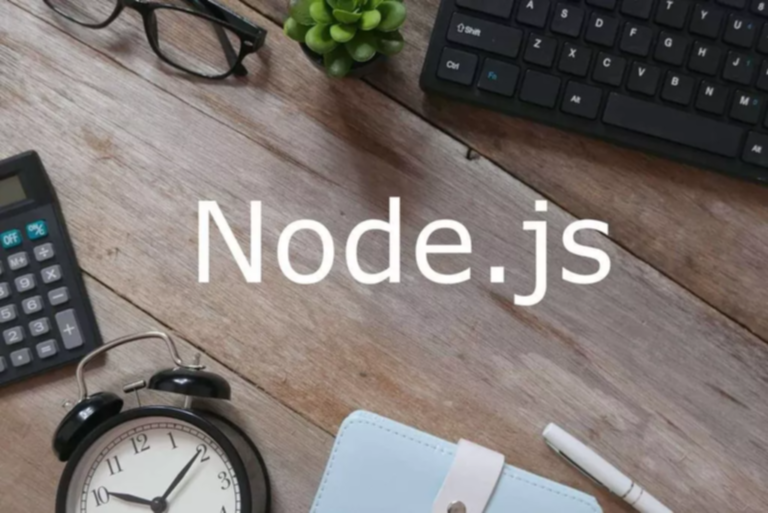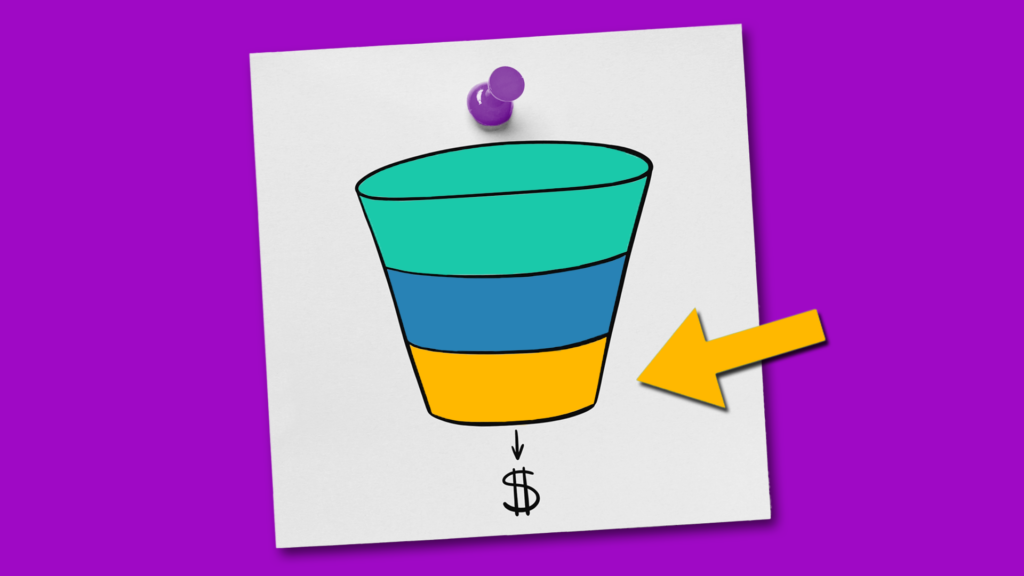As your customers move through the marketing funnel, they learn more and more about your brand and get increasingly close to making a purchase. The lower funnel, also known as the bottom of the funnel, is where shoppers are most likely to convert into paying customers.
At this stage, your potential customer has already acknowledged their problem and is actively searching for a solution. Your job as a marketer is to guide them towards your product or service and convince them that it is the best fit for their needs.
In this article, we will discuss lower-funnel marketing tactics that can help you drive sales and ROI for your business.
Table of Contents
Higher-funnel vs. mid-funnel vs. lower-funnel marketing
Before we dive into specific tactics, let’s clarify the different stages of the marketing funnel.
- The top of the funnel (TOFU) is where you attract potential customers and create brand awareness. This is often done through content marketing, social media, and paid advertising.
- Moving down to the middle of the funnel (MOFU), your focus shifts to nurturing leads and building trust. This can be achieved through email marketing, webinars, and lead magnets.
- Finally, we arrive at the bottom of the funnel (BOFU) or the lower funnel. This is where you put your efforts into converting leads into paying customers through targeted marketing tactics.
Each marketing funnel stage requires a different approach to content marketing, advertising, and communications. While top-of-funnel marketing requires a broader reach and focuses on demand generation and brand awareness, lower-funnel marketing is more specific and targeted.
5 best lower-funnel marketing tactics for higher sales and ROI
There are plenty of ways to generate revenue using bottom-of-funnel marketing. Here’s a look at our 5 favorite tactics that you can implement to drive sales and ROI for your business:
1. User-generated content
Thanks to short-form video platforms like Instagram Reels, TikTok, and YouTube Shorts, user-generated content (UGC) has evolved to work at every stage of the marketing funnel. That said, it’s particularly effective at the bottom.
UGC is a great tool for social proof as it allows potential customers to see real people using and benefiting from your product. It helps build trust and credibility with your audience, making them more likely to convert.
Roughly 70% of consumers say they consider it before making a purchase decision, so creating your own — or, rather, republishing others’ — will move them through the funnel more quickly.
2. Retargeting
Retargeting is a targeted marketing tactic that shows your ads to people who have already visited your website or interacted with your brand in some way. These ads often display products or services the viewer has previously shown interest in, reminding and encouraging them to make a purchase.
Basically, retargeting works in a three-step process:
- A visitor clicks on your website or interacts with your brand.
- They leave without making a purchase.
- Your ad is shown to them while they browse the web, watch Hulu, or scroll social media, reminding them to come back and complete their purchase.
In addition to ads, you can retarget customers who left something in their shopping cart via email or SMS (if they’ve given you their contact information). There are dozens of reasons for shopping cart abandonment, but retargeting via email can help you recover a portion of those sales.
3. Email marketing
Email is a powerful lead-nurturing tool for customers in the middle of the funnel. What most marketers seem to overlook is its effectiveness at the bottom of the funnel.
Here are a few examples of email marketing campaigns that can be used for bottom-of-funnel purposes:
- Abandoned cart emails: Encourage customers to complete their purchase if they’ve left items in their cart.
- Customer win-back emails: Re-engage with inactive customers and entice them back with a special offer or promotion.
- Upselling/cross-selling emails: Recommend related or complementary products that a customer may be interested in based on their purchase history.
Sending targeted and personalized emails to leads who have shown interest in your product or service can push them toward making a purchase. According to online business coach Louisa Zhou, for every $1 spent on email marketing, you can expect an average return of $42. That’s a 4,200% ROI!
4. Free trials or freemium
Customers want to try before they buy. Offering a free trial or freemium version of your product allows them to experience it firsthand, understand its value, and ultimately make a purchase decision.
- A free trial is usually a 7-, 14-, or 30-day period when customers can use the full version of your product for free to decide whether they like it.
- A freemium version of your product includes all its core features for free but with limited functionality.
Both tactics give customers the opportunity to test your product before committing to a purchase, reducing their risk and increasing the chances of conversion.
5. Limited-time offers
We’re all procrastinators at heart. Everyone wants to put off their purchases. That’s why they buy now when they know they won’t get the same deal later.
Limited-time offers create urgency and scarcity, motivating customers to take action before the opportunity is gone.
Here are a few ideas:
- A countdown clock on your product pages, showing how much time is left to claim a discount or offer
- Displaying the total amount of products you have left in stock
- A special deal for holidays or events like Black Friday, Cyber Monday, or Christmas
- A free gift or add-on for purchases made within a certain timeframe
However you choose to implement limited offers, make sure to use them strategically and sparingly. Your customers won’t see your product as valuable if you’re constantly giving them discounts, and you don’t want to create the expectation that they can always wait for a better deal. Use this tactic wisely and it can be an effective way to drive conversions at the bottom of your funnel.
Final thoughts
Lower-funnel marketing tactics focus on converting leads into customers and maximizing sales. To align your marketing tactics with the appropriate stage of the sales funnel, you have to consider your target audience, their needs and preferences, and their goals.
Combining a variety of tactics from different stages can help you create a holistic marketing strategy that drives results and boosts ROI for your business. So get creative, test different tactics, and see what works best for your unique audience.












